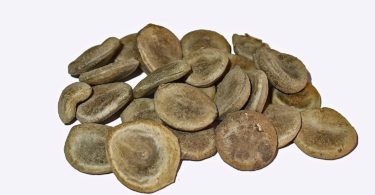Under the following circumstances, viscera are required to be preserved:
- Routinely in all cases of homicide.
- In all cases of death due to suspected poisoning.
- In all cases of obscured autopsy
- In all cases of death due to hanging or drowning.
- In all cases of death due to burn, if the patient died within 48 hours after receipt of the injury.
- In all cases of death which are sudden and suspicious.
For preservation of viscera, the following preservatives are recommended:
- Saturated solution of common salt: It is the commonly used preservative except in cases of poisoning by mineral acids, alkalies, metallic poison and aconite.
- Spirit rectified: This should not be used in cases of poisoning by alcohol, acetic acid; phenol, paraldehyde and phosphorus.
Visceras to be preserved
- Stomach and its contents.
- The upper part of small intestines (about 30 cm in length) and its contents. As most common route of administration of poison is oral, the poison may be manifested in the content of the stomach and intestines.
- Liver not less than ½ kg.
- Kidney half of each side.
- Uterus with appendages and upper part of vagina is preserved in case of criminal abortion. Sticks and foreign bodies found in the genital tract are preserved separately.
- Brain and spinal cord are preserved in cases suspected of strychnine poisoning.
- Bones and nails are sent in cases of arsenic poisoning.
- Urine not less than 100 cc.
- Blood, 100 cc. is collected from the peripheral sites. It is never collected from abdominal or pleural cavities.
Procedure for preservation of visceras :
Visceras are to be preserved in rectified spirit except in cases where poisoning is due to alcohol, acetic acid, phenol, phosphorous, paraldehyde, in such cases organs are preserved in saturated sodium chloride solution. This is because organic acids are soluble in alcohol, and phosphorescence of phosphorus is diminished by alcohol. Moreover, they should not be stored in formaldehyde because of extraction of poisons, especially non- volatile organic.
- Only 2/3rd of the capacity of the bottle should be filled with viscera and preservatives to avoid bursting of the bottle if gases of decomposition are formed.
- The stoppers of bottles should be well fitted and sealed.
- Bottle should be labeled with the name of the victim, organ, date and place of autopsy.
- Sample of preservative is preserved separately and tested to rule out any kind of poison being present in the preservative as contaminant.
- Sealed bottles containing viscera in preservative are put in a box which is locked and sealed.
Preservatives used :
The following viscera are required to be preserved:
- Whole of stomach with its contents.
- Portion of liver (minimum .500 gm and in case of child-whole liver) – (because it is the main detoxicating organ).
- Halves of each kidney – as it is the main excretory organ: Halves of each kidney is preserved (because one kidney may be non- functioning).
- Portion of small intestine (in vegetable poisons).
- Portion of lungs (in cases of volatile poison).
- Portion of brain and spinal cord (in case of cerebral or spinal poison).
A copy of inquest report, autopsy report, and authorization from Magistrate are sent to examiner along with the viscera.
Laboratory procedure
- Histology: Tissues from internal organ are preserved in 10% formalin.
- Microscopic examination: Swabs from vagina and anus, discharges like faeces and urine.
- Blood and CSF are collected for biochemical tests.
Reference: A Handbook of Forensic Medicine and Toxicology by Dr Madona Joseph & Dr Harpreet Kaur




